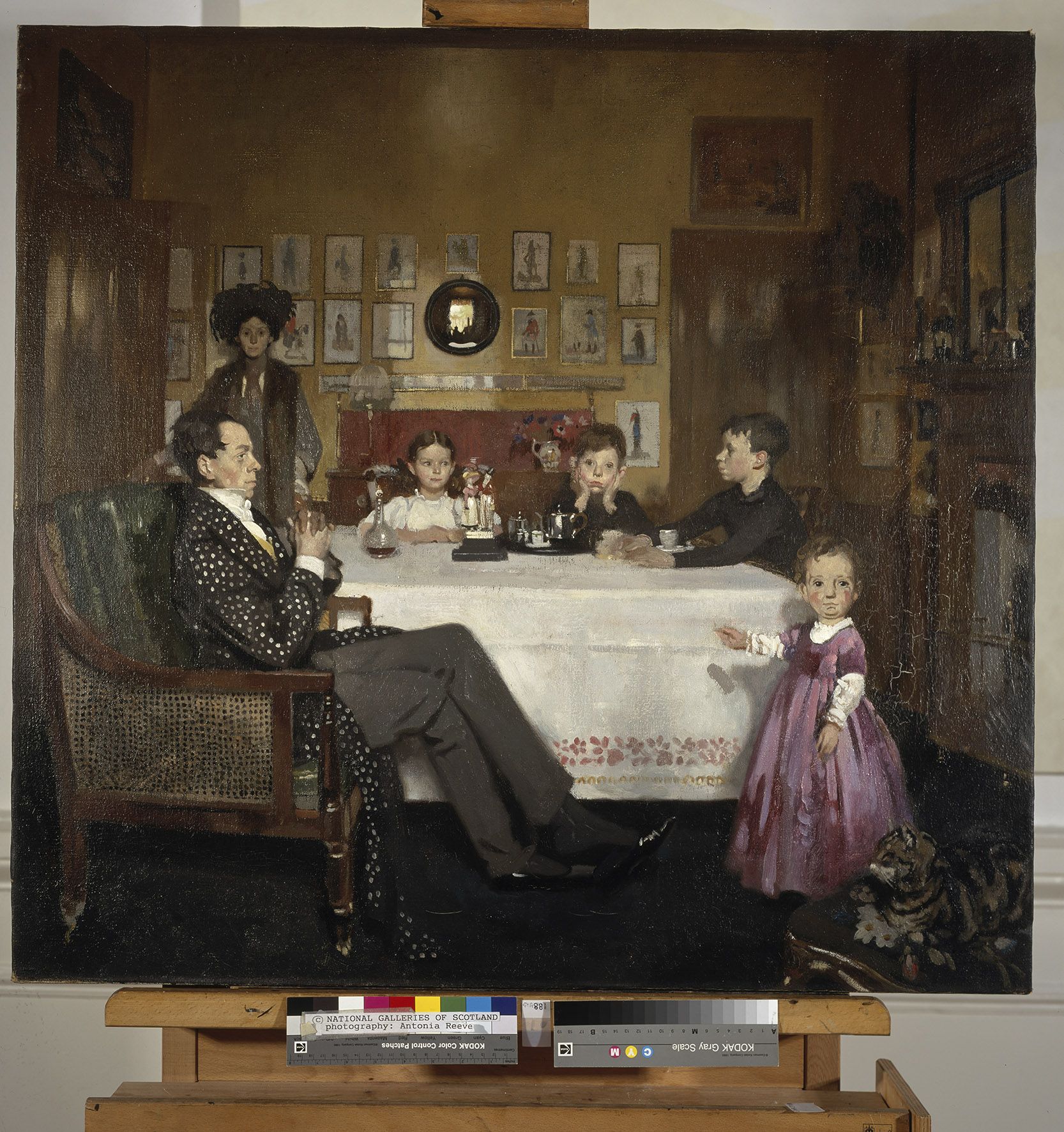A rare opportunity to see how van Eyck’s ‘Arnolfini Portrait’ paved the way for the Pre-Raphaelites’ bold new style of painting.
The National Gallery explores the influence that Jan van Eyck’s ‘Arnolfini Portrait’ had on Pre-Raphaelite movement, both through its subtle storytelling and its commitment to complex detail and refinement.
The portrait, dating to 1434, is the focus of the exhibition. It is positioned unusually low and isn’t blocked off by any barriers, so you can get a very close look at it. After being treated to a such a viewing, the exhibition then guides you through a range of Pre-Raphaelite works, including those of William Holman Hunt, John Everett Millais and Dante Gabriel Rossetti, exploring the portrait’s influence, lasting almost 400 years after its creation.
The exhibition shows that vibrant colours, virtuoso technicality, symbolic storytelling and intense natural lighting effects are the defining features of the legacy that this early Renaissance painting left on the movement.
Jan van Eyck was a 15th-century Flemish painter, renowned for the intricate detail, striking realism and eerie mysticism embodied by his works. The 20 surviving pieces attributed to him have been dated to the 1430s. They display a real mastery of oil painting in a naturalistic style. His works cover subjects both secular and spiritual but are united by their great technical skill.
The Pre-Raphaelites were a British brotherhood which emerged in the mid-19th-century. Their style was radical for its day. They claimed to return to pure art of the early Renaissance, rejecting the mechanistic style of painters like Raphael and those who came after him. The Brotherhood was founded in 1848 by Hunt, Millais and Rossetti, who created a doctrine which was later shared by other English painters later in the century.
After seeing the ‘Arnolfini Portrait’ in conversation with the foundational works of this movement, it becomes clear that their use of extreme likeness, frozen portraiture and even the convex mirror is heavily indebted to this unlikely artistic forefather.
Van Eyck’s portrait was brought to the National Gallery in 1842 and has stayed there ever since. Given that the founders of the Pre-Raphaelite movement were students at the Royal Academy Schools on the east wing of the building at the time, this turns out to be a pivotal move.
The majority of the Pre-Raphaelite paintings on display are on loan from the Tate Britain.
The National Gallery
Trafalgar Square, London WC2N 5DN
Opening Hours
Daily, 10.00 - 18.00 (last admission 17.15)
- Monday:
- Tuesday:
- Wednesday:
- Thursday:
- Friday:
- Saturday:
- Sunday:



